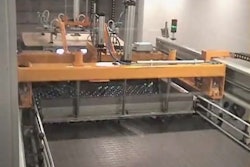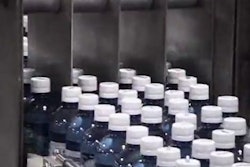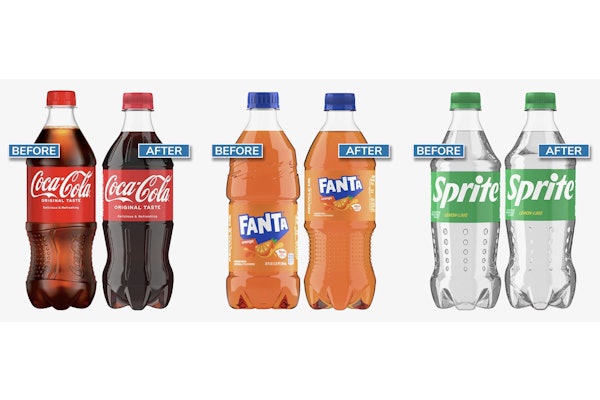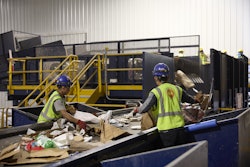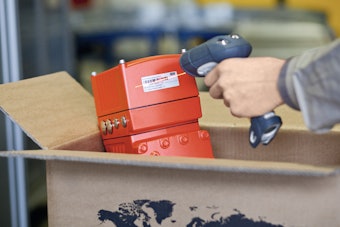This content was written and submitted by the supplier. It has only been modified to comply with this publication’s space and style.
This can include pallet-to-pallet, pallet-to-sheet, or pallet-to-floor or truck deck.
The Load Transfer product line from Columbia includes models ranging from the basic stand-alone station to fully automatic versions that can be installed as an integrated part of larger systems.
Basic Load Transfer Station - Operated by the fork lift driver, the basic LTS can be accessed from two sides for loading, or three sides for unloading and because of its mobile design, can be easily moved to service other packaging areas. The LTS has a 20-pallet storage capacity, and can operate with a 220 or 440 Volt wiring connection.
Load Transfer Station with optional Pallet Cart - The cart allows the operator to preposition the outbound pallet, making the process more efficient, saving time and money.
Load Transfer Station with optional Pallet Dispenser - The LTS with Pallet Dispenser removes the original pallet and automatically replaces it with a shipper pallet without the assistance of a forklift. Or it can be placed in manual mode, disengaging the pallet dispenser, to transfer the load onto a slip sheet.





